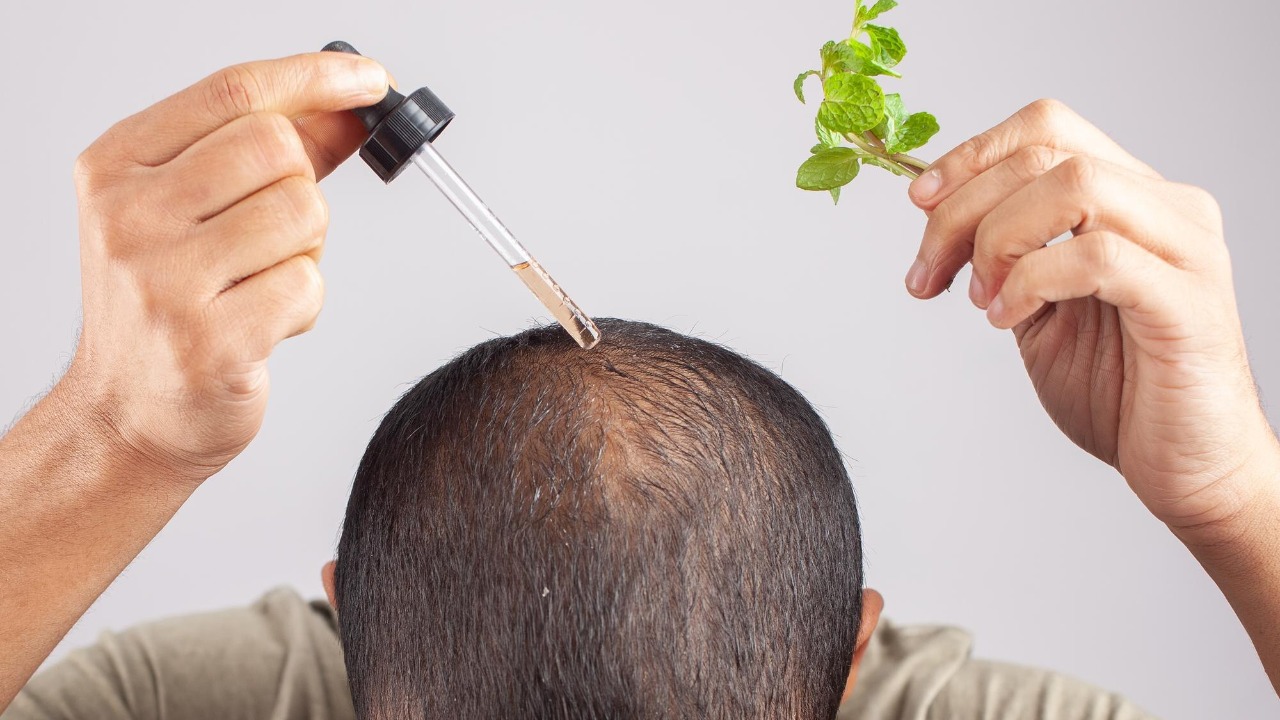
Scientists have announced a groundbreaking discovery that could revolutionize hair regrowth treatments. On October 15, 2025, researchers revealed that a chemical potentially capable of regrowing hair might be found in common pantry items like stevia. This discovery builds on a series of studies exploring cellular regeneration, including a 2024 study suggesting a cure for men’s hair loss might lie in a sugar stored in the body. These findings are part of a broader scientific effort to understand and harness the body’s regenerative capabilities.
The Pantry Chemical and Hair Regrowth Potential
The recent announcement about a hair-regrowth chemical derived from stevia, a widely used sweetener, has sparked significant interest. According to Popular Mechanics, this chemical targets hair follicles directly, promoting regrowth in a way that could make treatments more accessible and affordable. The implications of such a discovery are vast, potentially offering a simple and cost-effective solution to millions suffering from hair loss.
Early lab evidence suggests that the chemical’s origins in a common pantry item like stevia could mean a safer profile for human use. The study highlights the potential for this compound to be developed into a treatment that is both effective and easy to produce, leveraging the natural properties of stevia to stimulate hair follicle activity. This could pave the way for new, non-invasive treatments that integrate seamlessly into daily life.
Sugar Stored in the Body as a Hair Loss Cure
A study published on August 16, 2024, proposed that a sugar stored in the body might hold the key to curing male pattern baldness. As reported by Fox News, this sugar plays a crucial role in cellular processes that prevent hair loss. The study delves into the biological mechanisms of how this sugar is stored and utilized within the body, offering insights into its potential as a therapeutic target.
The research emphasizes the sugar’s influence on hair health, suggesting that its natural presence in the body could be harnessed to develop treatments that are both effective and sustainable. By understanding how this sugar interacts with hair follicles, scientists hope to create interventions that not only stop hair loss but also promote regrowth, potentially transforming the landscape of hair restoration therapies.
Links to Broader Cellular Regeneration
In a related development, a chemical found in acne medicine has been identified as aiding limb regeneration, using axolotls as a model. According to Popular Science, this discovery, made on June 10, 2025, highlights the potential for similar regenerative pathways to be activated in humans. The parallels between limb regeneration and hair follicle repair suggest that insights from one area could inform advancements in the other.
The chemical in acne medicine activates specific regenerative pathways, offering a glimpse into how similar mechanisms might be harnessed for hair regrowth. By studying these pathways, researchers aim to identify compounds that could stimulate hair follicles in a similar manner, potentially leading to new treatments that leverage the body’s natural regenerative capabilities.
Cellular Factors in Hair Changes Like Greying
Research published on April 19, 2023, uncovered that grey hair might result from ‘stuck’ cells, which fail to migrate properly within hair follicles. As reported by BBC News, these cellular adhesion issues lead to pigment loss, causing hair to turn grey. This discovery sheds light on the cellular dynamics that influence hair color and health.
The study’s findings on ‘stuck’ cells contribute to a deeper understanding of hair biology, highlighting the complex interplay between cellular movement and pigment production. By exploring these mechanisms, scientists hope to develop strategies that not only address greying but also enhance overall hair vitality, potentially linking these insights to broader hair regrowth research.